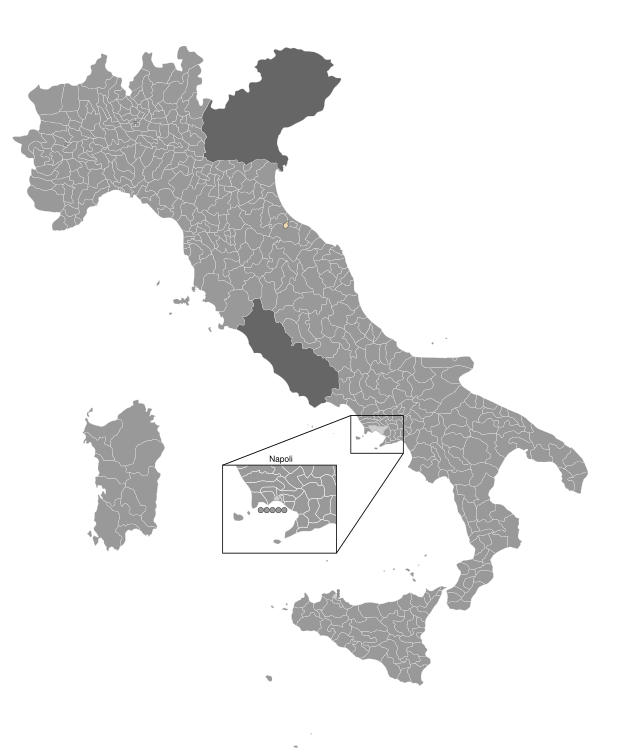Top Qs
Timeline
Chat
Perspective
1861 Italian general election
From Wikipedia, the free encyclopedia
Remove ads
General elections were held in Italy on 27 January 1861, with a second round on 3 February.[1] The newly elected Parliament first convened in Turin on 4 March 1861, where, thirteen days later, it declared the unification of the country as the Kingdom of Italy.[2]
The elections were carried out according to the 1848 electoral law of the Kingdom of Sardinia, in which only literate men over the age of 25 and paying a certain level of taxation were allowed to vote.[1] Candidates were elected in single member constituencies, with a second round required in cases when no candidates received over 50% of the vote or the equivalent of one-third of the registered voters in the constituency.[3] Pope Pius IX demanded that Catholics did not take part in the elections.[3]
Remove ads
Campaign
The Historical Right was led by the former Prime Minister of the Kingdom of Sardinia, Camillo Benso, Count of Cavour, a long-time statesman and a leading figure in the movement toward Italian unification.
On the other hand, the bloc of the Historical Left was led by Urbano Rattazzi, a liberal politician who was among the founders of the Italian left-wing parliamentary group.
In opposition to the two main blocs there were a third party known as The Extreme, a far-left coalition, under the leadership of Giuseppe Mazzini, an Italian revolutionary and a key figure of the Unification.
Only 418,696 men of a total population of around 22 million were entitled to vote.[4]
Remove ads
Parties and leaders
Results

Right-wing candidates emerged as the largest bloc in Parliament with around 43% of the 443 seats.[5] They were largely aristocrats representing rentiers from the north of the country, and held moderate political views including loyalty to the crown and low government spending.[6] The right-wing leader Camillo Benso di Cavour was elected as the first Prime Minister in the history of Italy.
References
Wikiwand - on
Seamless Wikipedia browsing. On steroids.
Remove ads




